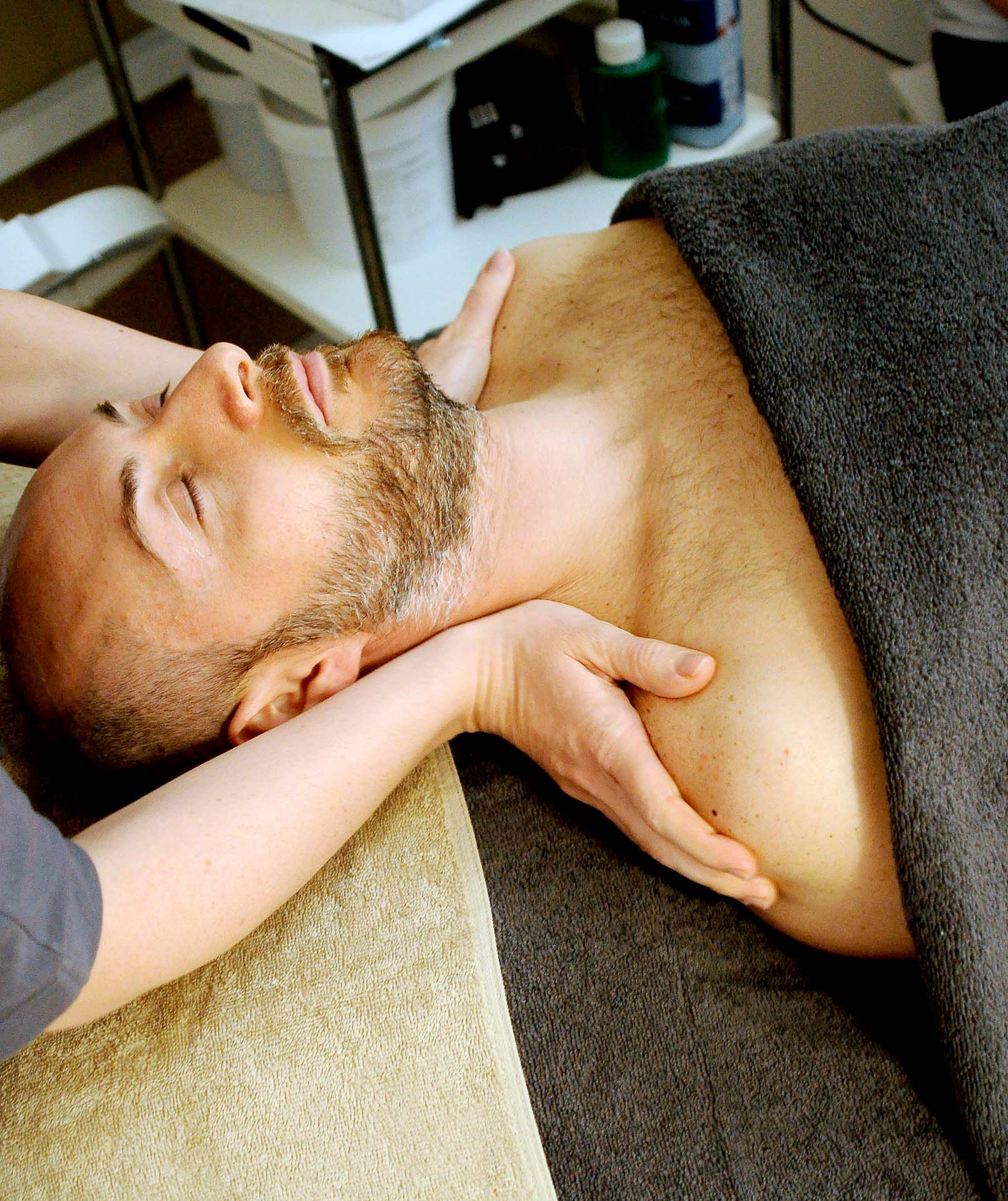
Anyone who has experienced back pain knows just how debilitating it can be.
There’s something about back pain that sets it apart from any other discomfort. It affects everything we do, and it often hits us right at our core. Recent research even supports why we tend to feel bouts of anxiety when we injure our backs. But let’s talk about the physical effects of a bulging disc. We’re often led to believe that we need to be extra fearful with every movement.
Unfortunately, this fear is often instilled by surgeons, doctors, and even some physiotherapists and chiropractors. They tell us to avoid anything that causes pain and to brace and support our backs. In my opinion, this advice not only puts you at risk of developing a chronic pain cycle but also exacerbates the very issue that likely led to the bulging disc in the first place.

Despite this, many of us opt for surgical intervention. While sometimes necessary, most of the time, it isn’t. In fact, around 60%-90% of bulging discs in the lower back will get better with conservative treatment like physiotherapy and movement therapy.
The specific data for improvement depends on the severity of the bulge (Chiu et al. 2015 The probability of spontaneous regression of lumbar herniated disc: a systematic review)
– 96% for disc sequestration
– 70% for disc extrusion
– 41% for protrusion
Unfortunately, the only way to determine the degree of your bulge is with a scan. Once you know what type you have, rehabilitation can start right away. There should be zero downtime. Remember, our bodies are natural healing mechanisms. They are designed, when in the right environment, to heal on their own.
So why do we rush into surgery, especially when 96% and/or 70% of cases will heal naturally?
There are a few reasons why we fall into a state of fear for surgical intervention, but let’s focus on the obvious ones. Surgeons are masters of their craft, and rightfully so. However, they often focus solely on their craft – surgery. Naturally, they believe their approach is the best. But, unfortunately, this often means they are unaware of research showing just how high the rate of natural healing for a bulging disc is.
Another reason is the current state of the physiotherapy and chiropractic profession. Evidence-based practices for bulging discs have changed drastically in the last 10 years, but unfortunately, many practitioners still use outdated methods.
I often tell my patients that anything in the body should heal like a cut on our arm. If there’s a cut on our arm, we expect it to form a scab, and eventually, the scab falls off, and the cut heals. The same should happen inside our bodies, especially with our backs.

However, due to our modern lives and the complexity of our bodies, we develop compensatory patterns that help us get through the day. Unfortunately, these patterns often scratch the scab off and reopen the cut. Physiotherapy and chiropractic sessions need to eliminate those compensatory strategies first to allow your disc to heal itself. Once this is done successfully, the body will heal on its own rather quickly.
I hope this gives you some bargaining power with your doctor, therapist, or surgeon if you’re experiencing back pain.
To explore your back pain and how to manage symptoms further, book online via our website.
Thanks for reading!
Harrison Stone | Naturopath

0 Comments